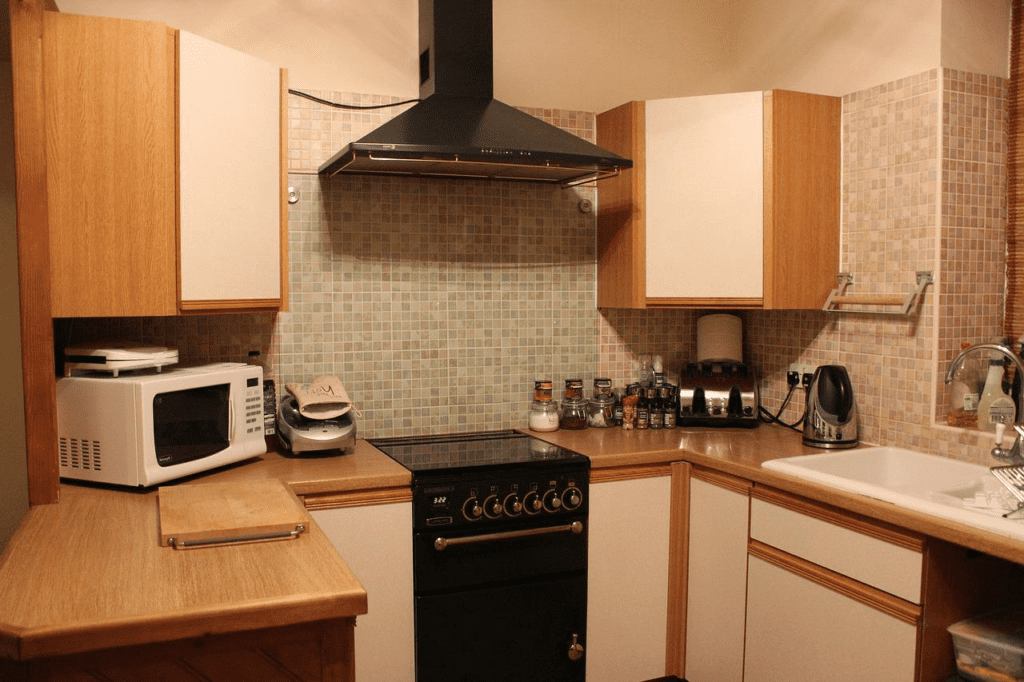With electricity and gas bills surging in many parts of the world, it’s probably a good time to take a moment and ask yourself if you’re not just paying extra money by leaving things plugged in. Yes, those things can sometimes suck extra electricity — quite a lot of it.

What are vampire devices?
If you’re leaving electrical devices plugged in, the odds are it’s costing you money. Standby power, also called vampire power or leaking electricity can also be used while devices are not on, but still plugged in.
According to estimates by British Gas, around 23% of the electrical usage in the UK can be put down to vampire devices. That adds up to an average of £200 a year (around $260) per household. In the US, a recent estimate found that $19 billion a year in electricity costs comes from vampire devices.
This means around $165 per household on average, but the cost can vary substantially from around $7-9 up to over $30 per month for a house with a lot of appliances and electronics. Other estimates put the total energy consumed by vampire devices on the order of around 10%. This isn’t a problem just for your electricity consumption but also for battery life, as leaving things consuming energy will also use up the device’s battery.
The amount that devices consume when switched off and plugged in can vary wildly from device to device. According to one NYT 2016 analysis, a first-generation Apple TV consumed 21 watts turned on, and 17 when it was turned off — it’s almost like you’re not even switching it off. Meanwhile, other devices (like most toasters) consume next to zero when switched off.
This standby power can be eliminated by either unplugging the device, or making sure that it’s actually turned off (and not on standby).

Why standby power is even a thing — and how to find your leaks
Standby power, as the name implies, is the power consumed when a device is on “standby”. For instance, when a computer is “sleeping”, but not turned off — it’s on standby. But surprisingly many other devices have a sort of standby mode.
If something has an external power supply, a remote control, a continuous display, or is charging batteries, you can assume it’s likely drawing some standby power. Corded appliances such as vacuum cleaners or ironing boards don’t normally have a standby mode, but things like TVs or computers almost always do.
The Natural Resources Defense Council (NRDC) recommends an inventory of what appliances and electronics you have in your home and how much power you may be losing.
“Do this by walking through each room and noting all electric devices, listing them either in a spreadsheet (see example here) or on a simple sheet of paper,” the NRDC guide explains. “Don’t forget to look in bathrooms and closets; under sinks; in the attic, basement, and garage; and outdoors.”

The biggest electrical vampires are, in general:
- TVs. Virtually all TVs draw standby power, and as a rule of thumb, the bigger the screen, the more they use;
- Microwaves. Know how the microwave typically has a clock? Well, that means it’s using power;
- Computers. This can vary quite a bit, and newer computers are more efficient, but if it’s not switched off, the computer is still drawing power;
- Sound systems. Shouldn’t be too much power, but if you have a particularly large system, it can be significant (especially if it’s older);
Estimate how much energy you’re losing

If your house has a smart meter, you can use free apps. But if you really want to go the extra mile, there are also paid solutions you could use to calculate your home’s load and standby power — but you’re probably fine just by having a general idea.
If you don’t have a smart meter, but you do have a meter, you can still estimate it. Switch all your devices off (without unplugging them) — even the fridge, it’s only for a couple of minutes. After everything is switched off, go to the meter and see how much the meter is changing in watts (or kilowatts) — that’s your home’s idle load. You can also experiment by only unplugging some devices and seeing how much this affects the load.
Inexpensive plugin wattmeters (sometimes described as energy monitors) are also an option. All that wasted electricity has to go somewhere, and it is generally dissipated as heat. You put the plugin wattmeter into the socket, then you put the device in the wattmeter’s socket, and it’ll tell you how much standby electricity you’re losing. In some countries (including the US), you can borrow energy monitors from local power authorities or some local public libraries.
Stopping electrical vampires

Standby power came into the public eye relatively recently and can incur quite a hefty cost for households. The good news is that around a decade ago, people started noticing, and regulators too. As of 2010, most developed countries have restrictions on standby power, limiting it to one watt. The One Watt Initiative was recommended by the International Energy Agency (IEA), and was pushed to 0.5 watts in 2013.
However, enforcement appears to be lacking in this case. The US adopted the One Watt Initiative two decades ago, but the NYT analysis shows that many devices still aren’t compliant.
In the meantime, if you want to be safe, you’d best get into the habit of plugging things off when you stop using them or switching off the electrical socket if you have that option. It’s a simple way to save some money, be more eco-friendly, and maintain a longer battery life for your devices. Protip: just make sure don’t turn off your fridge, you’d probably regret that.


